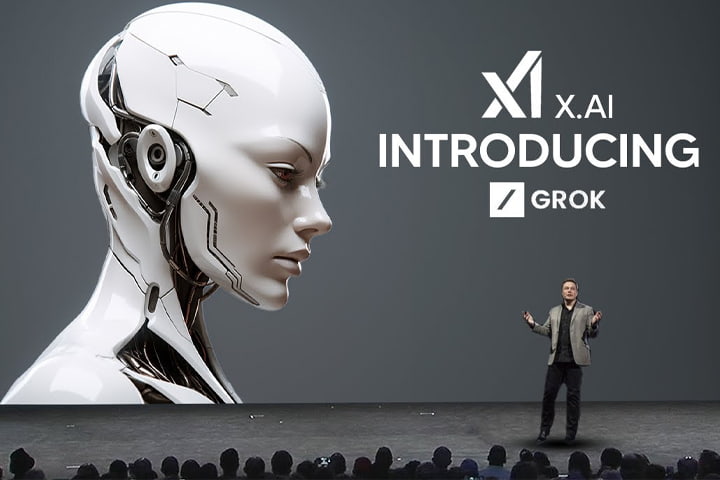In the rapidly evolving landscape of artificial intelligence (AI), the conversation around transparency and open-source technology has taken center stage, thanks largely to the actions and opinions of one of the tech world’s most influential figures, Elon Musk. The debate over whether companies should disclose the inner workings of their AI products has been contentious, with Musk recently making a bold move with his AI chatbot, Grok, developed by his company xAI.
Unlike OpenAI, which has been more reserved in sharing the specifics of its algorithms, Musk has chosen to release the computer code behind Grok. This decision diverges significantly from the approach of OpenAI, a company Musk co-founded but left in 2018, which has been criticized by Musk for not being as open as its name suggests. OpenAI, partially owned by Microsoft, has limited the details it shares about the algorithms powering its products, including the popular AI text bot, ChatGPT.
Grok, named after a term from the sci-fi novel “Hitchhiker’s Guide to the Galaxy,” represents Musk’s vision for a generative AI program free from political bias and misinformation risks. It is powered by a large language model called Grok-1 and requires a premium subscription to X (formerly Twitter) to use. Musk’s initiative to make Grok’s code publicly available is seen as a step towards transparency, aiming to minimize AI’s potential dangers while ensuring the technology remains unbiased and truthful.
This move has reignited Musk’s ongoing feud with OpenAI, highlighting the broader industry debate over open versus closed-source AI. Open-source advocates argue that making AI code public allows for broader scrutiny, innovation, and improvement, potentially making these systems safer and more equitable. On the other hand, proponents of keeping AI code proprietary argue that it protects against misuse and keeps advanced technologies in responsible hands.
Musk’s legal battles with OpenAI and his critique of the company’s approach to transparency underscore a fundamental disagreement about the path forward for AI development. By releasing Grok-1’s base model weights and network architecture, Musk challenges the industry to consider the merits of openness in AI, despite the practical challenges of running such a large model without significant computing resources.
The release of Grok and its underlying technology has sparked discussions not only about the technical capabilities of AI but also about the ethical and societal implications of how these technologies are developed and shared. As AI becomes increasingly integrated into daily life, the decisions made by companies like xAI and OpenAI will shape not just the future of technology but the principles guiding its development and use.
In conclusion, Elon Musk’s decision to make the Grok AI chatbot’s code openly available is a provocative step in the ongoing debate over AI transparency and ethics. It reflects broader concerns about bias, safety, and the democratization of technology. As this debate continues, the tech industry must navigate the delicate balance between innovation, security, and openness, with significant implications for the future of AI and its role in society.
















